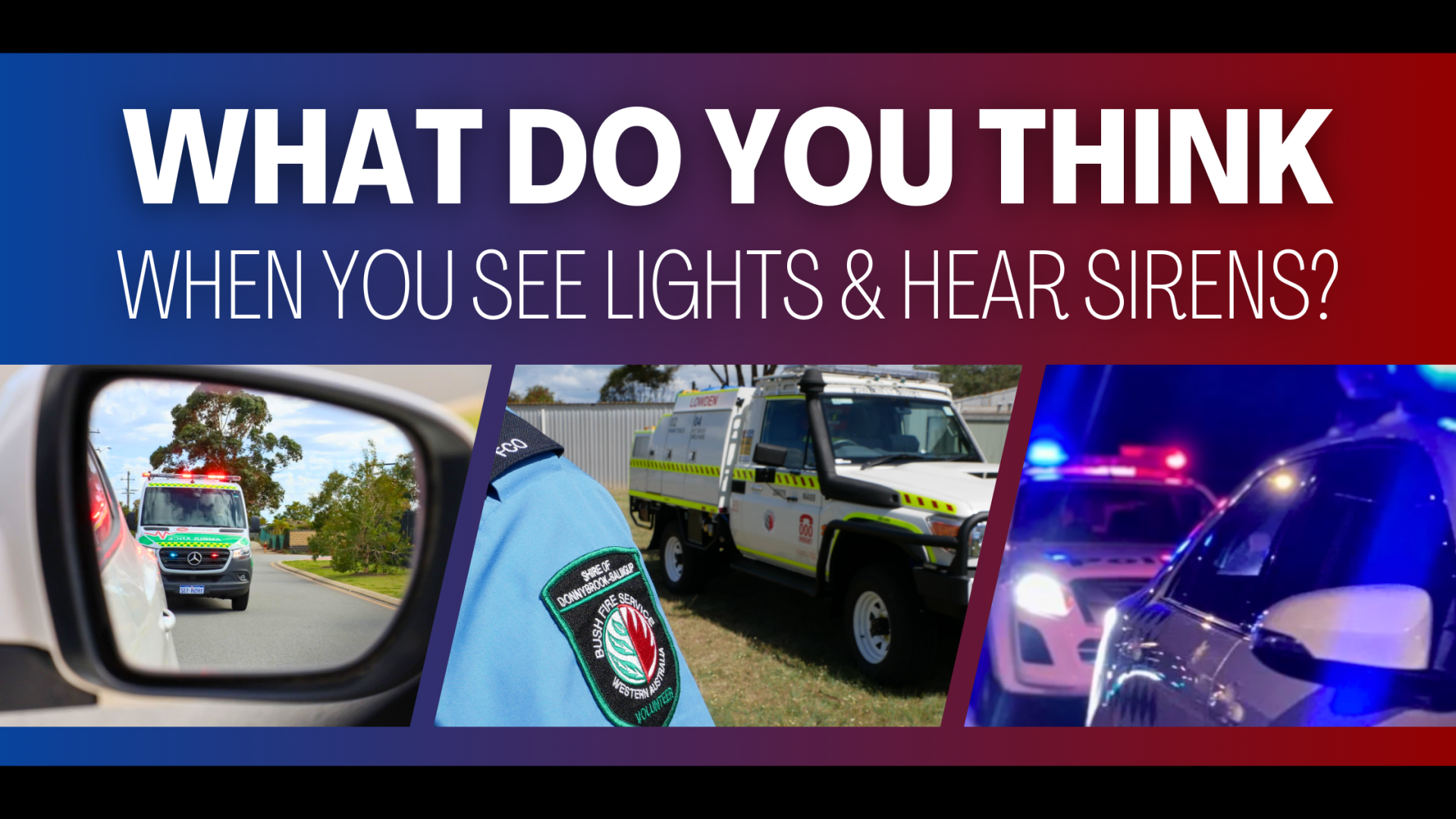Published on Thursday, 29 May 2025 at 10:30:00 AM

We think of the heroes that don’t wear capes: our local volunteers. We also hope that wherever they’re going, everyone is safe. That includes the responders themselves, the ones driving the ambulances, the firefighters in our bushfire brigades, SES team members doing search-and-rescues, and more.
🚨 If you see lights or hear sirens from an emergency vehicle on the road, whether you can see an incident or not, remember to SLOMO: Slow Down & Move Over.
⚠️ Flashing lights on a stationary vehicle means you MUST slow down, move over (if possible) and pass at no more than 40km/h. In doing so, you should apply your brakes gradually and safely. This applies to drivers in all lanes that travel in the same direction as the lane where the emergency and any response vehicles are stopped. Vehicles travelling in oncoming traffic from the other direction only need to slow if the incident occurred in the middle of the road or in the medium strip.
🚑 We should always try to keep a safe distance from an emergency and the responders (including their vehicles). Not only is it respecting the space they need to do their work, but it keeps them safe too. When driving, there are four simple steps to clear the path for an emergency services vehicle:
1️⃣ Stay calm, check your surroundings. Remain calm and safely check your surroundings and pay attention to where the emergency services vehicle is coming from.
2️⃣ Safely merge to the left. Give way to the emergency vehicle by merging as far to the left of the road as possible, and make room for other road users to move to the side too.
3️⃣ Can’t move over? Slow down and indicate left until the emergency vehicle has passed.
4️⃣ Don’t break the law. There’s no excuse for speeding or going through a red light.
Look after our local heroes – remembering SLOMO helps more than you think. By slowing down and moving over, you’re contributing to making the environment safer for them do their life-saving work – especially when every second counts.
For more information about emergency services vehicles and road safety:
Visit the Road Safety Commission website
Back to All News